Portfolio # 7
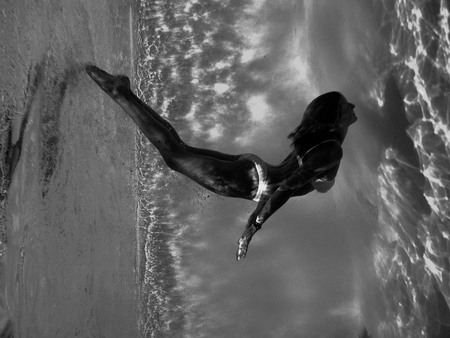
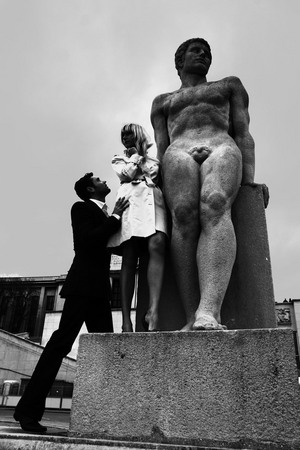
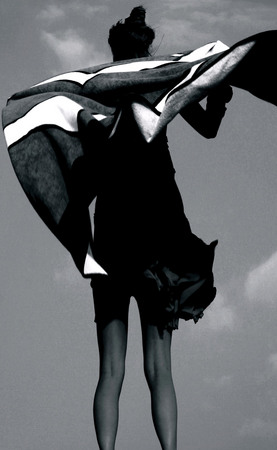
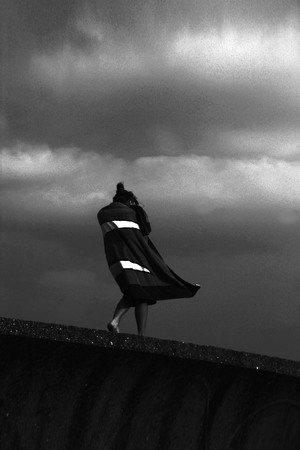
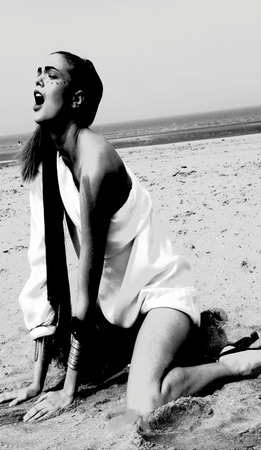
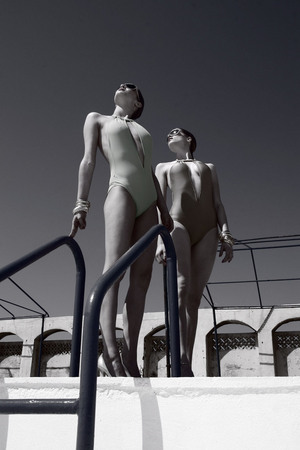
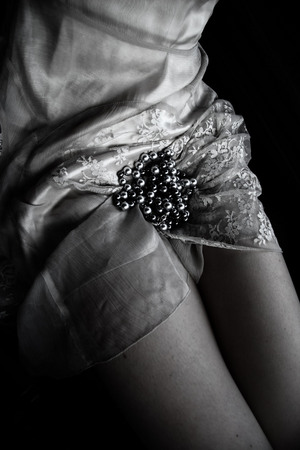
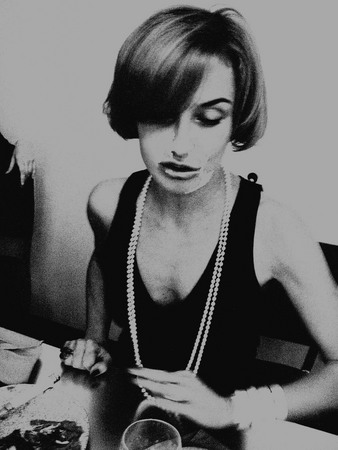
Rey Gost. From the “Swimming pool” series. 2006. © Rey Gost. Courtesy gallery Eric de Montbel, Paris
Rey Gost. From the “Paris” series. 2007. © Rey Gost. Courtesy gallery Eric de Montbel, Paris
Rey Gost. From the “Deauville” series. 2007. © Rey Gost. Courtesy gallery Eric de Montbel, Paris
Rey Gost. From the “Deauville” series. 2007. © Rey Gost. Courtesy gallery Eric de Montbel, Paris
Rey Gost. From the “Deauville” series. 2007. © Rey Gost. Courtesy gallery Eric de Montbel, Paris
Rey Gost. Beirut # 2. 2006. © Rey Gost. Courtesy gallery Eric de Montbel, Paris
Rey Gost. From the “Paul and Joe” series. 2005. © Rey Gost. Courtesy gallery Eric de Montbel, Paris
Rey Gost. Renata. 2003. © Rey Gost. Courtesy gallery Eric de Montbel, Paris
Moscow, 28.03.2009—17.04.2009
exhibition is over
Zourab Tsereteli Gallery of Fine-Arts
19, Prechistenka street (
opening hours: 12:00 - 20:00, Friday 12:00 - 22:00, Sunday 12:00 - 19:00, day off - Monday.
Tel: + 7 (495) 637-25-69
Share with friends
Courtesy Gallery Eric de Montbel, Paris
For the press
It is frequently asserted that the best fashion photographs are photographs of people first and of fashion second, though how many warrant that claim is open to debate. Among Gost’s images, those that outlast their nominal function do possess qualities — concerning the emotional and psychological as much as the physical characteristics of the model — that are probably extrinsic to the basic requirement to illustrate styles. These highlights from the last ten years of work by Rey Gost confirm that what propels his vision is the rapport he establishes with the people he is photographing.
While never cruel or exploitative, Gost peels away some of the artifice of a fashion sitting so that the resulting image, for all its obvious commercial purposes, often more closely resembles an informal than informative portrait of the individual.
In a period in which it has become increasingly difficult for professional photographers to stand out from the crowd, his personal stamp is recognisable: starkly dramatic, singularly powerful and almost invariably in the seductively resonant and deeply saturated black-and-white tones he favours. Armed with this vocabulary he devises around his models a story; this is not a story in the conventional sense, with a narrative thrust or a logically developed plot, but a carefully contrived situation that allows his sitters to perform freely and himself to function in the manner of a film director conducting extemporising actors.
The fashion photographer’s quest will always, on one level, remain unfulfilled, for it is chasing a chimera. Not a chimera of the grotesque, but something equally elusive. The perception of a modern fashion photographer as someone whose rapid-fire apparatus commits countless thousands of exposures to film is exactly like the relentless pursuit of an unattainable dream. But Gost’s photographs, in spite of the apparent contradiction, provide some of the most concrete and confident depictions of contemporary women. His models do not necessarily comply with the putative ‘typical’ or ‘average’ woman of today, but they nevertheless operate as cyphers for a type of woman who has attained a demonstrable degree of freedom and independence. It is independence they retain in the images; however bizarre the fictional setting Gost creates, there is never the impression that his women are merely being manipulated.
His women, notwithstanding their individual personalities, conform to certain specific physical types. Tall, slender, they may tend towards the androgynous, and manifestly Gost is ‘anti-cute’. Some of the characteristics they share reflect his selection of one model above another, others are intensified in the process of styling. The result is a modern and fundamentally urban redefinition of sophistication, an important factor when his models are placed in unexpected and non-urban environments: the displacement of these divas — on sand dunes or the waterfront — is an essential component in the compelling frisson of the image. The women are on vacation with the wrong wardrobe and their almost surreal presence is one of the principal attractions of the photograph.
‘After all this time, —’ he says, — to be honest, I have to confess that I have no idea what the ingredients of a good fashion picture are. If you try to think about it beforehand you simply cannot plan a strong image. However much pre-planning goes into it, it only becomes powerful when you actually do it. I don’t like the idea just to be graphic, so I never crop photographs later to achieve a graphic effect — all the cropping, even in the close-up photographs of heads, is done in the camera. I try to be truthful in my work, though on consideration I don’t know what truthful means in this context. There are no short cuts — if you set out with the intention to make people ugly to achieve a powerful photograph, it’s a fake. On the other hand, beauty cannot be ‘made’. Again I come back to this nebulous word ‘truth’: perhaps more than anything it is trying to explain something truthful about yourself and about your perception of the way the woman sees herself’.
Nicolas de Rochambeau for Tatler
Born in Russia. Has French nationality.
Studied history of art in Moscow. Since 1986 lives in Paris.
Starts working as a fashion and portrait photographer for Vogue Italy, collaborated with Tatler, W, Aïshti Magazine, Citizen K, Stern, Amica, BBQ. Works for five years as a reporter for Figaro Magazine.
Moves to London in 1996. Works for Wall Paper and NG.
Back in France in 2001.
Solo exhibitions:
1981 ‘From here to Eternity’, Komsomol Palace, Moscow
1982 ‘Our friends the Vampires’, Natural History Museum, Riga
1983 ‘Ladies and Camarades’, US Ambassy, Moscow
1990 ‘Our friends the Kalmiks’, Khanty-Мansiysk
1995 ‘From here to Eternity 2’, Hamburg
1997 ‘Ein, Zwei, Drei!’, Galeria Doria, Milan
2002 ‘Le Q Respectueux’, Eric de Montbel gallery, Paris


